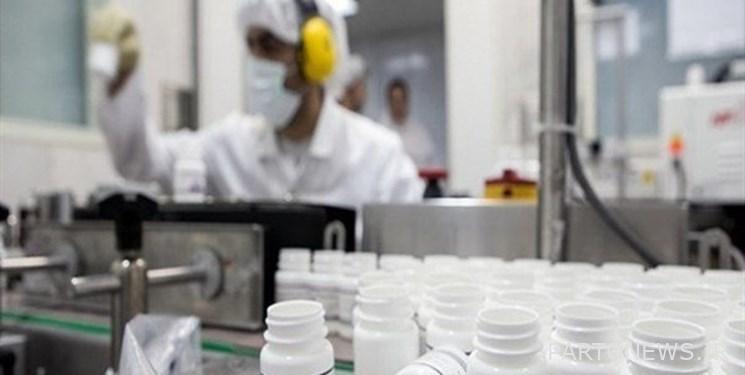Production of some drug raw materials / What is the reason for opposing the pricing of drug raw materials?

According to Fars News Agency Health Reporter, Allocating 4200 Tomans of currency to help the living conditions of the people was an action that was taken following the currency jump of 1997 so that the basic goods and needs of the people would not have a price jump. The implementation of this policy led to problems and issues that convinced experts that in order to solve them, the government currency for medicine had to be eliminated. In the meantime, it can be said that the Syndicate of Manufacturers of Pharmaceutical Raw Materials has been one of the main opponents of the elimination of the preferred currency of medicine. The allocation of government currency to medicine has caused a number of harms, including the creation of a breeding ground for corruption and widespread rent-seeking. So much so that the difference of more than 500 percent between government currency and free currency has created a great deal of rent and corruption.
According to Abbas Kobriaei, the vice president of the Iranian Syndicate of Human Drug Owners, allocating government currency for the import of foreign drugs means that it pays government currency for a drug whose labor, box, brochure and accessories are foreign. By doing so, the government in some cases subsidizes foreign companies, while drug factories in Iran now receive 4,200 tomans for importing only raw and effective raw materials.
Kobriaeizadeh continued: “Drug factories in the country now charge half for foreign materials, packaging and machinery, or in some cases do not receive foreign currency at all and buy in free currency, and these costs in addition to overhead costs such as Wages and inflation rates should not be overlooked in determining drug prices. “In these circumstances, maintaining the 4,200 toman currency in the field of medicine is in the interest of imports and not in the interest of domestic producers.”
Meanwhile, the main opponents of eliminating the preferred currency are some manufacturers of pharmaceutical raw materials. According to studies conducted by the Food and Drug Administration, the performance of some producers of pharmaceutical raw materials has been associated with corruption and misuse of preferred currency and ostentation. Although some manufacturers are fair in their pricing, there are reports that some manufacturers receive government currency but price pharmaceutical products at a free exchange rate. The sale of raw materials at free prices to pharmaceutical manufacturers caused the prices of products to be sold by the companies affiliated to the raw materials syndicate to be on average more than 100% higher than the prices of their imported types of drugs.
Previously, companies affiliated with the Syndicate of Pharmaceutical Raw Materials Manufacturers were supposed to take large loans to produce molecules that could respond to people’s medical procedures in times of crisis, but according to Food and Drug Administration officials, this The money has been spent on developing the business and personal affairs of importing companies, and these companies have introduced unnecessary, more profitable materials into the pharmaceutical industry.
The solution that can be offered to control and monitor these prices is the pricing of pharmaceutical raw materials so that we do not see taste pricing. According to Dr. Seyed Haidar Mohammadi, Director General of Drugs of the Food and Drug Administration, the exchange rate difference has increased the importance of raw material pricing. Therefore, in the current situation, the Food and Drug Administration decided to enter into the discussion of raw material pricing.
The director general of the Food and Drug Administration added: “For many periods, the exchange rate difference was low or single rate and the organization did not seek pricing, but now that the difference between government currency and free currency has increased, this becomes relevant. “In a way that amounts to seven thousand billion tomans, which has been paid by the government as a subsidy for producers of pharmaceutical raw materials.”
It is hoped that with the pricing of raw materials, more control over the drug market will take place and the government will prevent corruption and rent by eliminating the 4,200 Toman drug currency, and at the same time replacing drug claims and consumer protection by replacing consumer insurance support instead of preferred currency. Medication help.
End of message /
.

